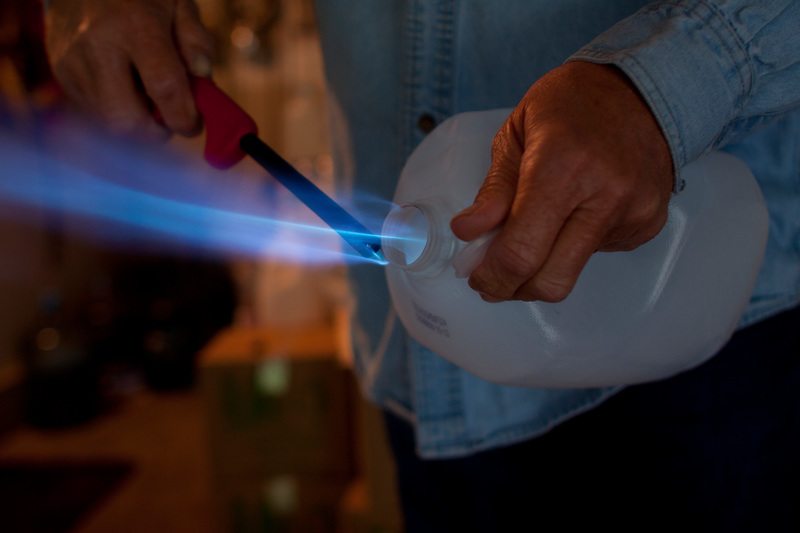As promised earlier this year, the Environmental Protection Agency has released methane pollution standards for the oil and gas industry. While regulation of methane is a necessity, these rules are much too weak to accomplish the administration’s goals of meaningful greenhouse gas reduction. Here is why:
Methane Must Be Regulated, But New Rules Underestimate Its Power
Methane is 86 to 105 times as powerful as carbon dioxide at disrupting the climate over a 20-year period. The EPA and many news organizations misreport the real power of methane by using old science since updated by the Intergovernmental Panel on Climate Change (IPCC).
Obama’s new rules calculate that methane is 25 times more powerful than carbon dioxide over a 100-year timeline. However, this ignores the fact that methane is most potent when it is first released. Scientists say that methane could push the climate over a “tipping point” in the next 18-25 years, causing runaway global warming, and making a 100-year timeline obsolete. In order to take the threat from methane seriously, we must join the IPCC and assess methane’s threat on a time scale that makes sense in the context of avoiding catastrophic climate change.

Craig Sautner lights a plastic jug of water from his well on fire. Methane from nearby hydraulic fracturing natural gas drilling has contaminated his water supply. Photo by Les Stone / Greenpeace.
Oil and Gas Industry—Especially Fracking—Is the Largest Industrial Methane Polluter
It is undisputed that the oil and gas industry is the largest industrial emitter of methane. A recent study of the major gas producing shales found that the Barnett Shale around Dallas was leaking the equivalent of 16 coal plants worth of greenhouse gases every year.
Similar studies from Colorado found that highly fracked areas leaked more than 19 tons of methane an hour.
But we don’t actually know how much the oil and gas industry is emitting.
The Obama administration’s new rules are aimed at reducing methane between 40 to 45 percent from 2005 levels. Unfortunately, no one really knows how much methane the oil and gas industry pumped into the atmosphere in 2005. The EPA figures that the administration’s rules rely on are based on numbers self reported by the industry. These numbers are almost certainly a fraction of actual total methane emissions. Recent studies that use planes to determine methane emissions from oil and gas operations have found much higher rates of pollution than the industry or the EPA will currently admit.
For example, a study released this August found that natural gas gathering facilities, which collect methane from fracked wells, lose about 100 billion cubic feet of gas every year—eight times more than the EPA estimates.
A Stanford report concluded that there is already about 50 percent more methane in the atmosphere than previously estimated by the EPA.
The New York Times recently reported that the creator of the technology commonly used to measure methane emissions by the oil and gas industry thinks his invention is not accurate the way the industry and some research groups use it, and is missing a huge portion of the pollution actually released by the industry.
These Rules Won’t Cut Enough Methane
These regulations are based on old science that misrepresents the impact of methane on the climate. The aim of the new rules is to reduce methane emissions 40 to 45 percent of an imaginary number—an underestimation of 2005 emissions.
On top of that, they are only aimed at new sources, ignoring the nearly one million fracked wells and associated infrastructure that already exist in the United States. Real and meaningful reductions in methane must be made to reach the president’s global warming goals, and they have to better than these.


